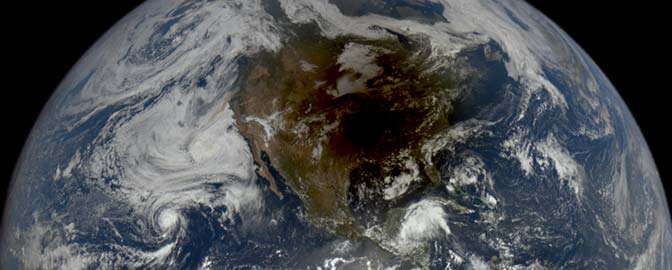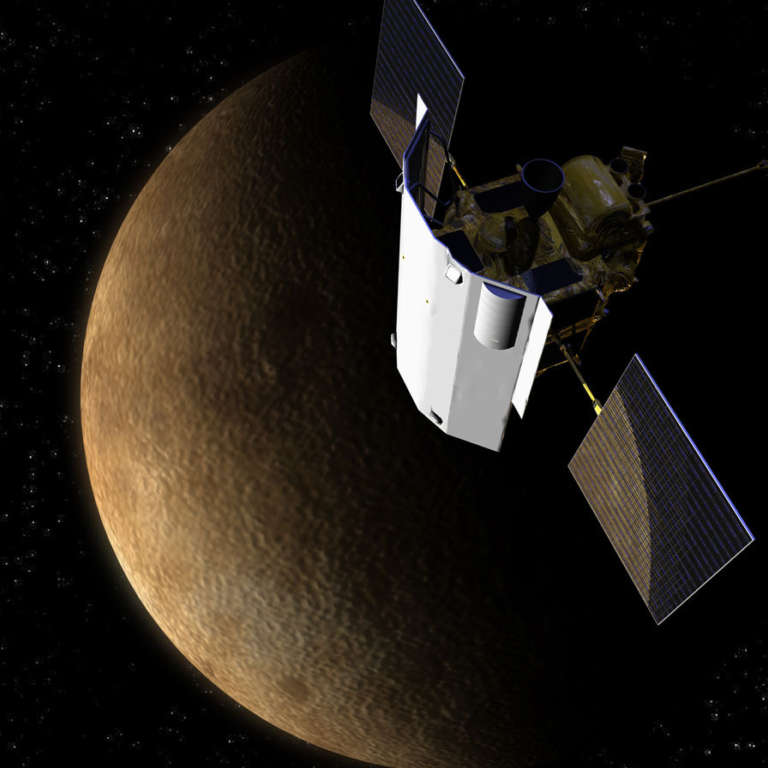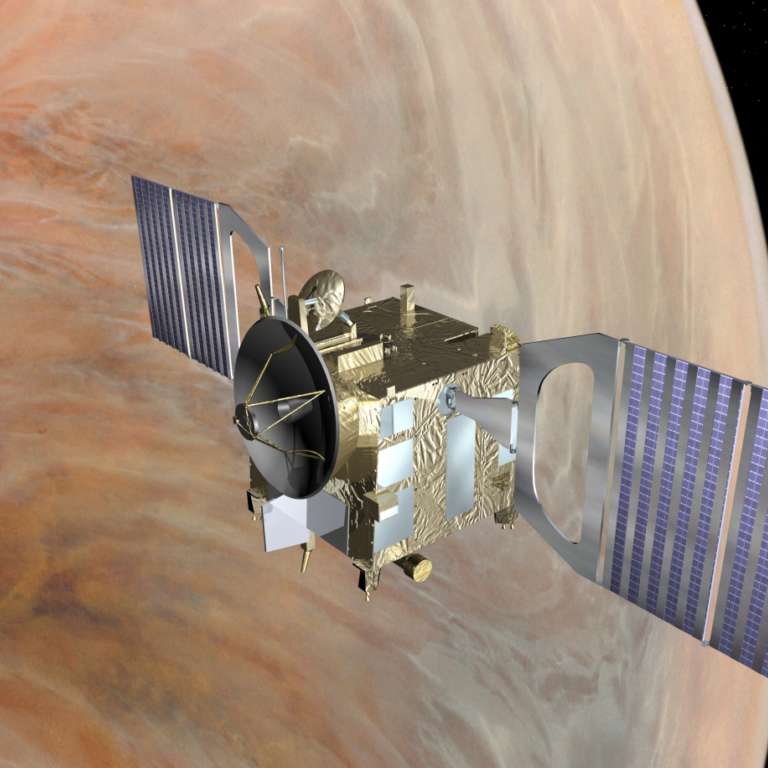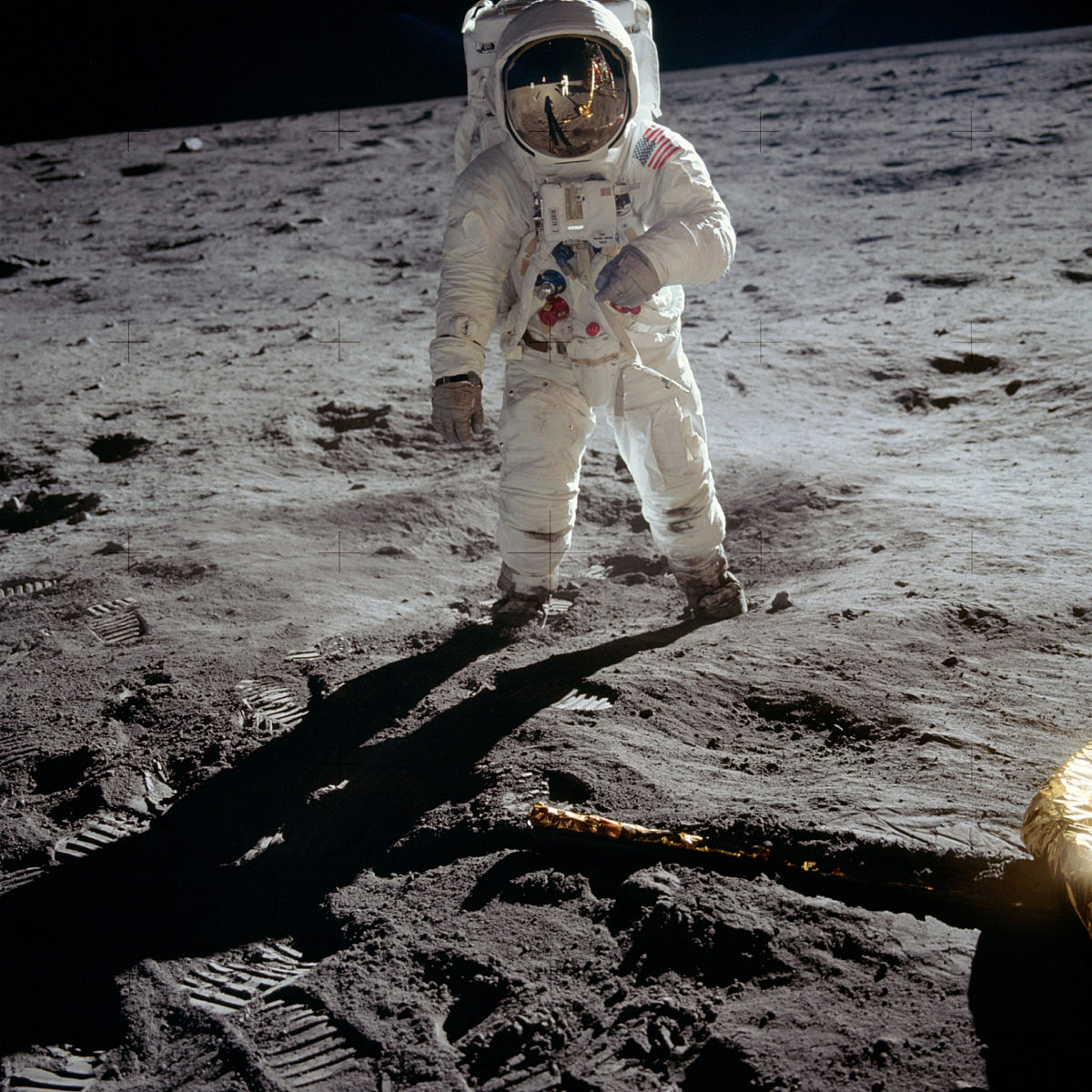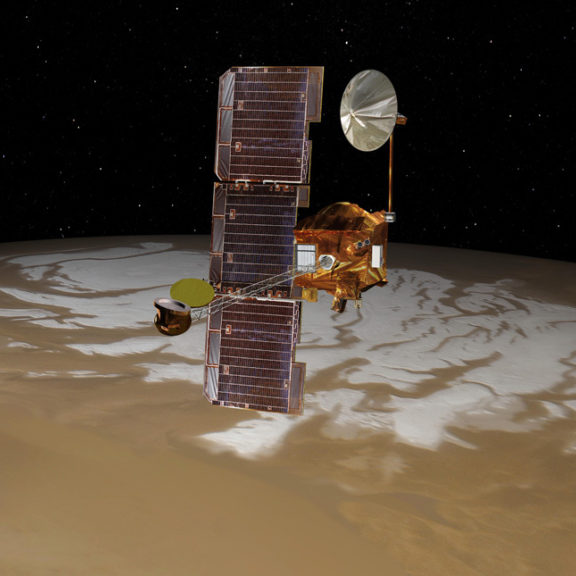Space Exploration Missions
NASA, the world's space agencies, and other groups explore our solar system and beyond with space missions. Our guides teach you why these missions matter and how to get involved. For weekly space news and tools to advance space science and exploration, sign up our weekly newsletter The Downlink.
The Sun
World guideIn Progress
- India’s Aditya-L1, launched in September 2023, is the country's first solar mission.
- Launched in 2020, the ESA-led Solar Orbiter mission is imaging the Sun and huge swaths of its corona up close for the first time.
- Launched in 2018, NASA's Parker Solar Probe is studying the Sun’s atmosphere by being in it, the closest any spacecraft has ever ventured.
- Since 2010, NASA’s Solar Dynamics Observatory (SDO) has been comprehensively mapping the Sun’s active regions to understand how solar flares develop and erupt.
- Since 2006, NASA's STEREO-A spacecraft has been providing us insights on solar eruptions.
- The ESA-NASA SOHO spacecraft has been observing the Sun since 1995, particularly using its coronagraph to block sunlight in order to better see the corona and track solar eruptions.
Coming Soon
- Launching in 2024, ESA's Proba-3 consists of two spacecraft that will fly in formation to create a coronagraph that will study the inner layers of the Sun's atmosphere.
Mercury
World guide- Europe and Japan's BepiColombo launched in 2018 and arrives at Mercury in 2025.
Every mission to Mercury ever
A comprehensive look at all the missions to Mercury, past and present.
Venus
World GuideIn Progress
- Japan's Akatsuki studies the planet's dynamic atmosphere.
Coming Soon
- India aims to launch a Venus orbiter called Shukrayaan in December 2024 equipped with its own and international instruments to map the surface.
- Rocket Lab and MIT plan to launch the Venus Life Finder as soon as December 2024 on a mission to scan for organic molecules in Venus' clouds.
- NASA's DAVINCI, launching no earlier than 2029, will explore Venus' atmosphere and mysterious geological features.
- NASA's VERITAS, launching no earlier than 2031, will map out Venus' topography. The Planetary Society is working to change the launch date to 2029.
- ESA's EnVision will launch no earlier than 2031 to investigate the atmosphere and overall structure.
Every mission to Venus ever
All the past and present missions to Venus, a planet that may have once resembled Earth.
Earth
World GuideIn Progress
- China's Tiangong space station hosts the country's astronauts in low-Earth orbit. Its first module launched in 2021.
- The International Space Station prepares astronauts for deep space missions. Its first module launched in 1998.
Coming Soon
- NASA's ACS3 is a solar sail spacecraft scheduled to launch into Earth orbit in the first half of 2024.
Moon
World GuideIn Progress
- China's Queqiao-2 lunar communications relay satellite launched on March 19, 2024. Also riding to lunar orbit were Tiandu-1 and Tiandu-2, a pair of experimental lunar communications satellites.
- Danuri, also known as the Korean Pathfinder Lunar Orbiter, is South Korea's first Moon mission. It launched in August 2022.
- NASA's CAPSTONE spacecraft launched in July 2022 to explore the fuel-saving lunar orbit that the Gateway space station will use later this decade.
- China's Chang'e-5 returned lunar samples to Earth in 2020, and is on an extended mission testing an advanced lunar orbit.
- India's Chandrayaan-2 orbiter maps the Moon's topography, studies its composition, and scans for water ice.
- China's Chang'e-4 performed the first landing on the Moon's far side in 2018, where it's still studying an ancient region.
- NASA's Lunar Reconnaissance Orbiter has been studying the Moon since 2009 with its comprehensive suite of mapping instruments.
Coming Soon
- NASA's Lunar Trailblazer orbiter, scheduled to launch in 2024, will advanced our understanding of water across the Moon for exploration and science.
- China's Chang'e-6 mission, scheduled to launch around May 2024, will return samples from the far side of the Moon.
- NASA’s VIPER rover launches to the Moon's south pole in 2024 to study water ice.
- NASA's Artemis program will return humans to the Moon. The first crewed flight, Artemis II, is scheduled to launch in 2025.
- Israel's Beresheet2 is a privately funded mission scheduled to launch an orbiter and two small landers to the Moon in 2025.
Every Mission to the Moon, Ever
It only takes a couple days to send most spacecraft to the Moon, so it's not surprising that humans have sent more missions there than anywhere else. The Moon is also the only celestial body besides Earth where humans have visited.
Mars
World GuideIn Progress
- NASA's Perseverance rover landed in February of 2021 and is searching for past life and collecting samples for return to Earth.
- China's Tianwen-1 is an orbiter and rover mission that arrived in February 2021 to study the planet.
- The United Arab Emirates' Hope orbiter arrived in February 2021 and is studying the Martian atmosphere.
- ESA's ExoMars Trace Gas Orbiter searches for atmospheric gases linked to life as we know it.
- NASA's MAVEN orbiter studies what happened to Mars' atmosphere.
- NASA's Curiosity rover explores an ancient lake bed that once had conditions that could have supported life.
- NASA's Mars Reconnaissance Orbiter studies the planet with a high-powered camera and relays communications between the surface and Earth.
- ESA's Mars Express surveys the planet and searches for subsurface water.
- NASA's long-lived Odyssey monitors surface changes.
Coming Soon
- The NASA-funded ESCAPADE twin orbiters will launch in 2024 to explore how the solar wind strips away Mars' atmosphere.
- Japan's Martian Moons eXploration mission launches in 2026 to collect samples of Phobos for return to Earth.
- Mars Sample Return is a series of missions by NASA and ESA to return samples from Mars to Earth in the early 2030s.
- China is planning its own Mars sample return mission to launch in 2030.
- ESA's ExoMars rover is expected to launch no earlier than 2028 to search for signs of life on Mars.
Every mission to Mars ever
There are several spacecraft operating at the red planet. Here are all the Mars missions, past and present.
Small Worlds
Worlds GuideIn Progress
- NASA's Psyche launched in October 2023 to visit a same-named metal asteroid that may be the core of an exposed planet.
- NASA's Lucy mission launched in 2021 to explore asteroids that share Jupiter's orbit.
- NASA's OSIRIS-REx returned a sample of asteroid Bennu to Earth in September 2023. It is now traveling to asteroid Apophis as part of the OSIRIS-APEX mission.
- Japan's Hayabusa2 returned a sample of asteroid Ryugu to Earth in 2020 and is on a journey to two more asteroids.
- NASA repurposed NEOWISE in 2013 to hunt for dangerous asteroids.
- NASA's New Horizons is exploring a region of our solar system called the Kuiper Belt.
Coming Soon
- ESA's Hera spacecraft launches in 2024 to study the asteroid that NASA's DART mission impacted in 2022.
- China's Tianwen-2 mission will launch in 2025 on a mission to collect samples from a near-Earth asteroid and return them to Earth.
- China plans to launch its first asteroid deflection test in 2025.
- NASA's NEO Surveyor is scheduled to launch in 2028 on a mission to find 90% of asteroids large enough to destroy a city.
- ESA's Comet Interceptor mission will launch in 2029 to fly past and study a pristine long-period comet as it approaches the Sun for the very first time.
Every mission to an asteroid, comet, or small world, ever
Studying asteroids, comets, and small worlds helps us learn more about Earth and its origins.
Jupiter
World GuideIn Progress
- NASA's Juno studies the planet's core to help us understand how planets and our solar system formed.
- ESA's Juice launched in April 2022 on a mission to explore Jupiter and its icy moons Europa, Callisto, and Ganymede.
Coming Soon
- NASA's Europa Clipper launches in 2024 to determine whether Jupiter's moon Europa could support life.
Every Jupiter mission ever
Jupiter is not only an interesting scientific destination in its own right — it's also an important waypoint for spacecraft heading further into the solar system.
Saturn
World GuideComing Soon
- NASA's Dragonfly launches in 2028 to explore Saturn's moon Titan.
Every Mission to Saturn, Ever
Only 4 spacecraft have ever made it out to Saturn. Our most comprehensive look at the planet came from NASA and the European Space Agency's Cassini-Huygens mission, which spent 13 years exploring Saturn and its moons.
Uranus
World Guide- NASA's Voyager 2 is the only spacecraft to have visited Uranus. It flew past the planet in 1986, and is now exploring interstellar space.
Neptune
World Guide- NASA's Voyager 2 is the only spacecraft to have visited Neptune. It flew past the planet in 1989, and is now exploring interstellar space.
Solar System and Beyond
Exoplanets GuideIn Progress
- NASA's JWST launched in 2021 to build on the Hubble Space Telescope's capabilities.
- ESA's CHEOPS precisely measures the diameters of known exoplanets.
- NASA's TESS hunts for exoplanets around a specific type of bright stars.
- NASA's Hubble Space Telescope is a multipurpose astrophysics and planetary science observatory.
Coming Soon
- NASA's Roman Space Telescope will launch as soon as 2026 and image Earth-sized exoplanets.


 Explore Worlds
Explore Worlds Find Life
Find Life Defend Earth
Defend Earth